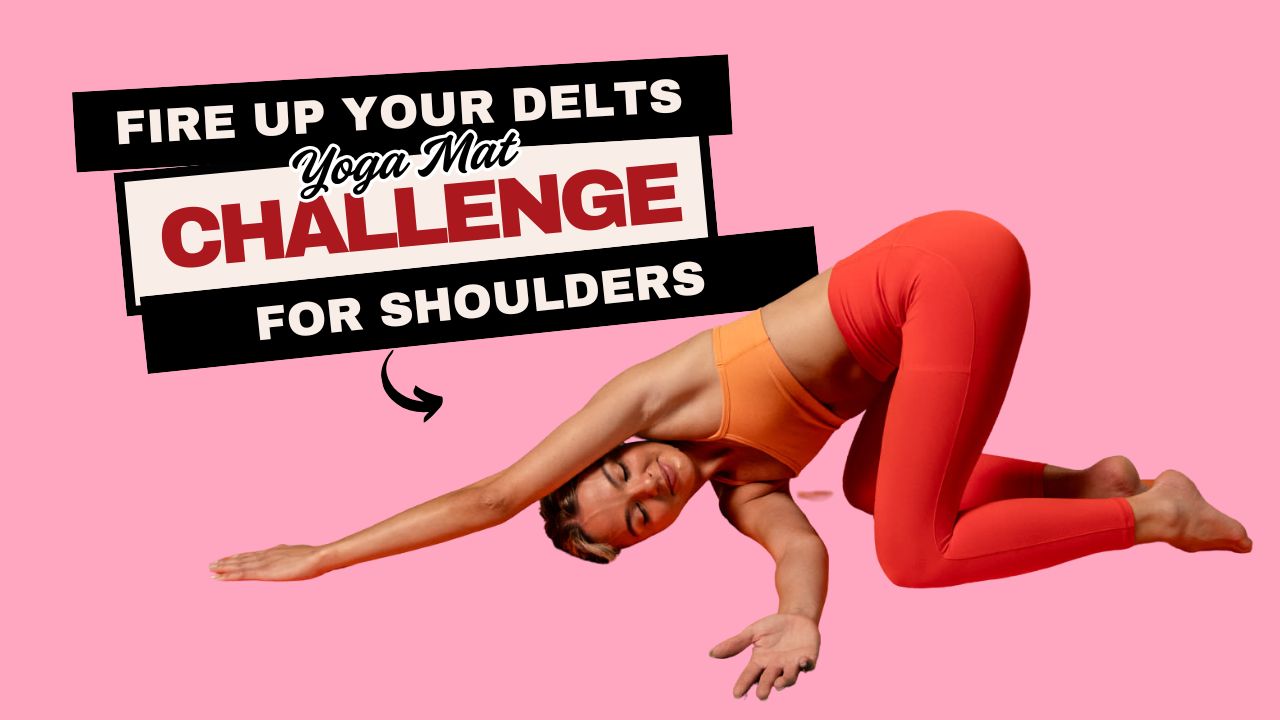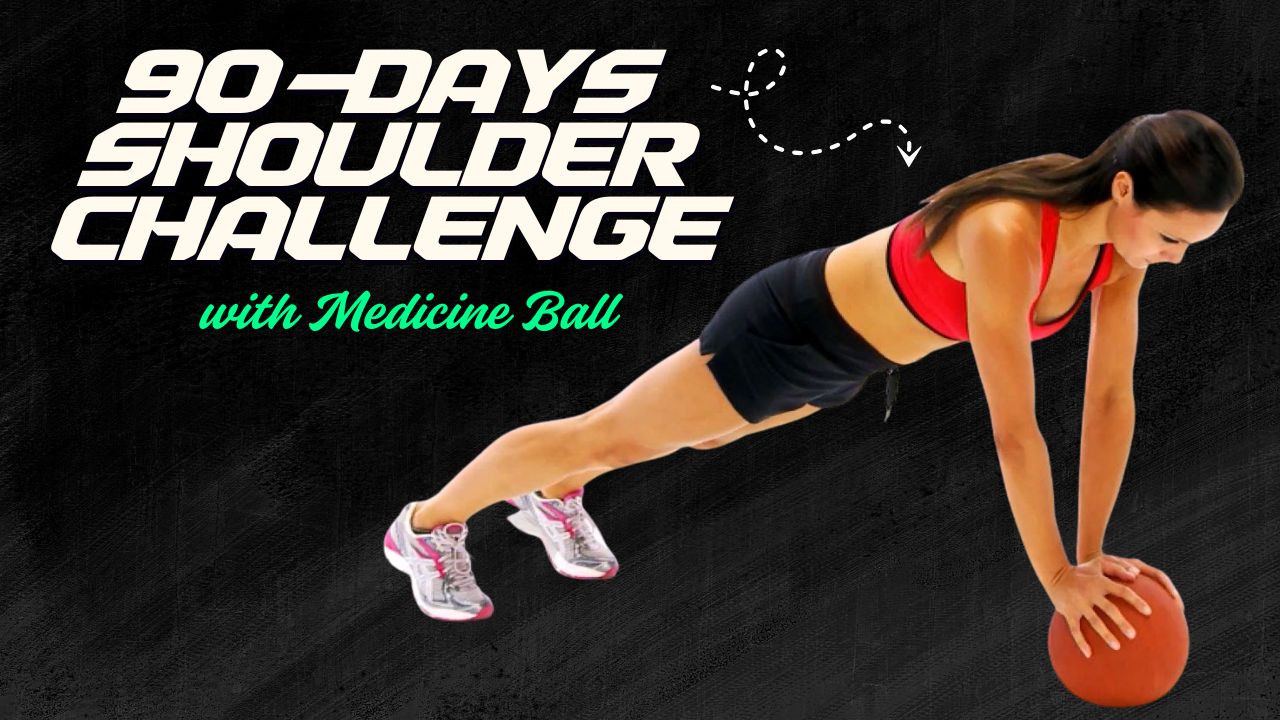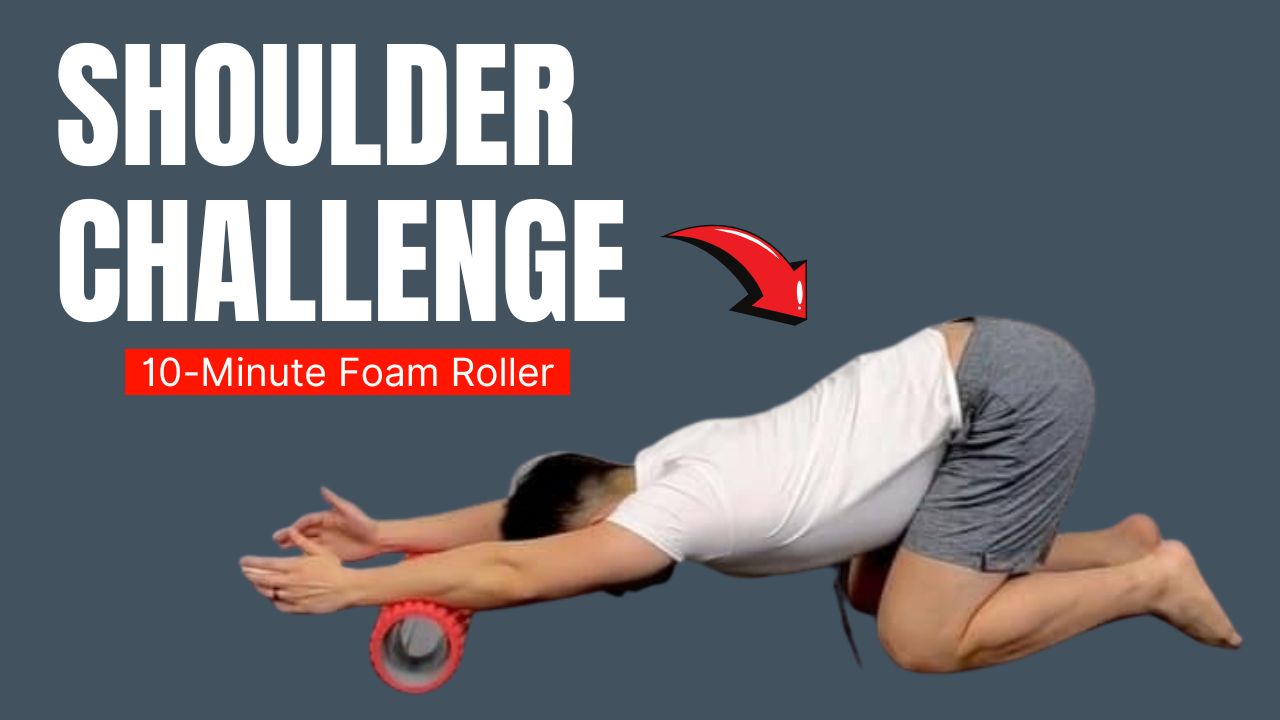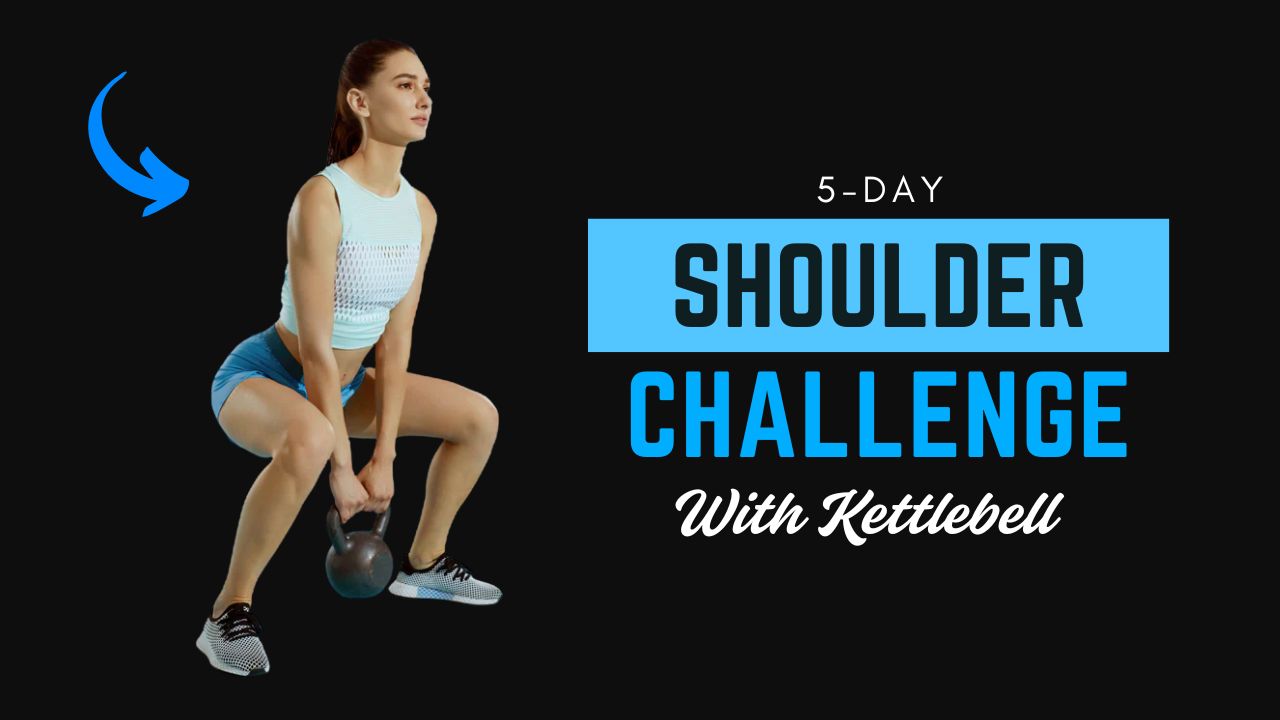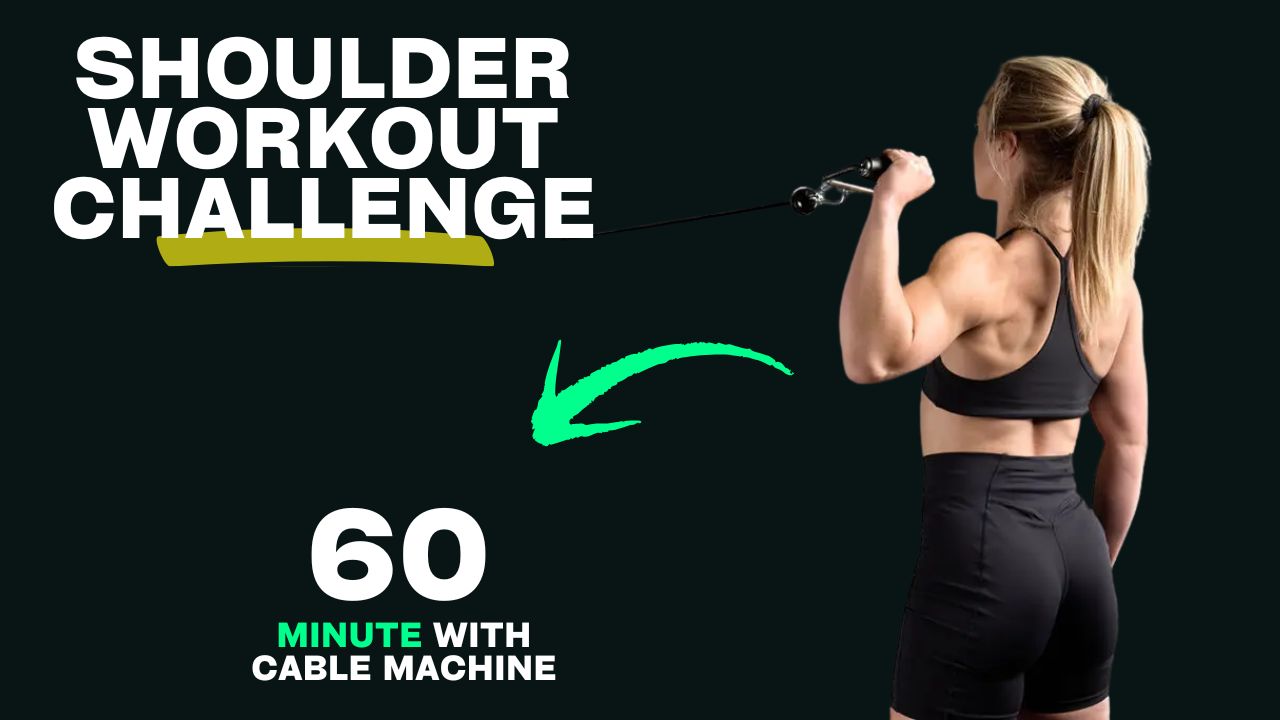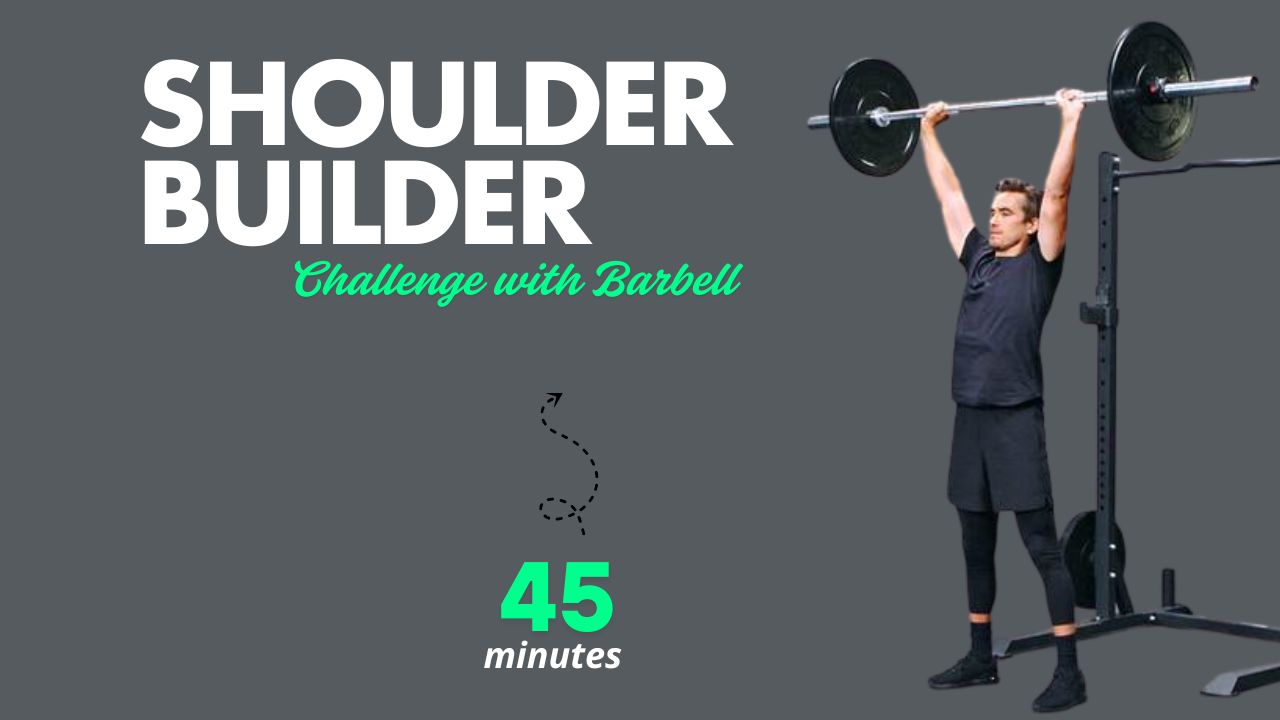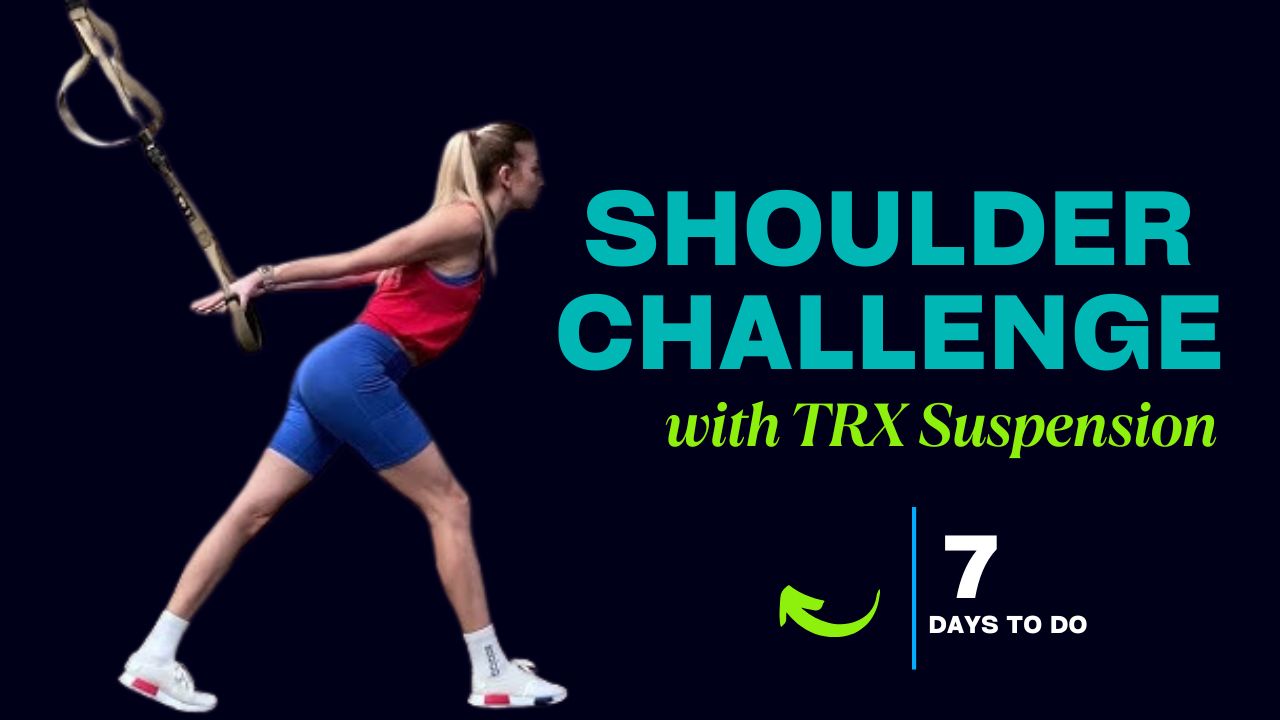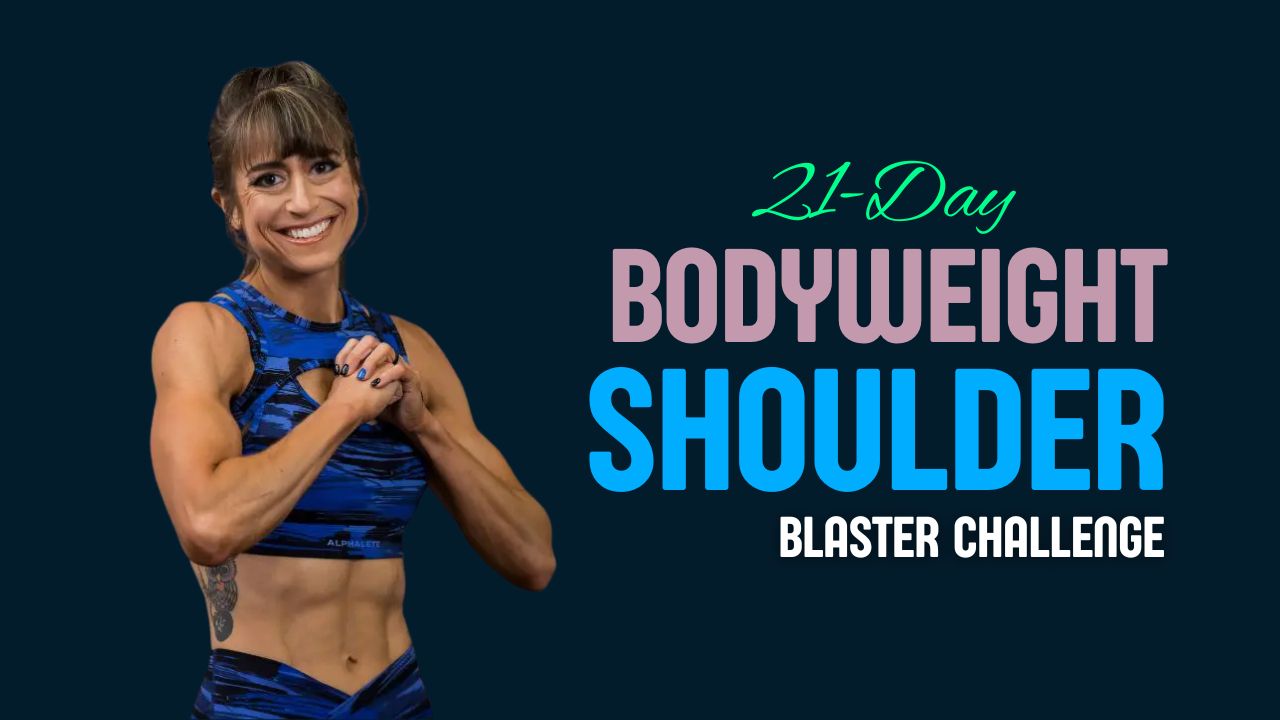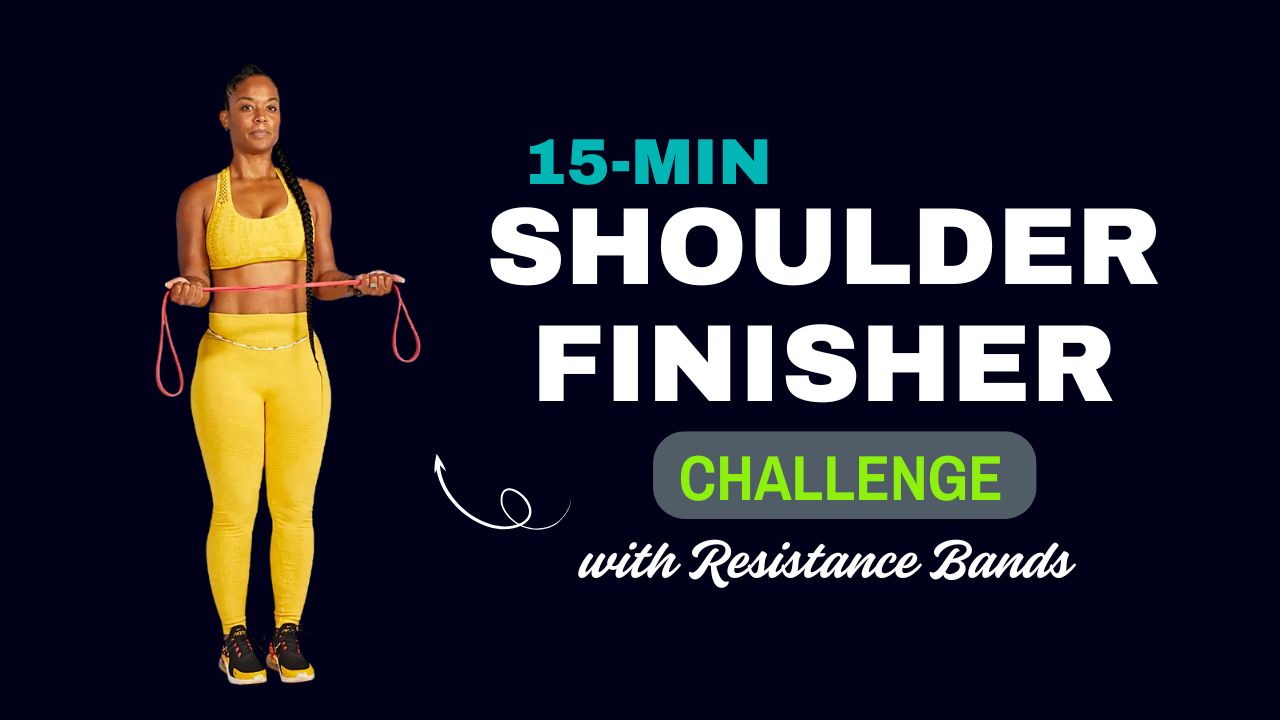Strong, sculpted shoulders aren’t just for bodybuilders — they’re essential for everyday movement, posture, and injury prevention.
Yet, many people overlook shoulder health until stiffness, weakness, or discomfort becomes a daily hurdle. The truth is, you don’t need heavy dumbbells or fancy machines to build powerful delts. All you need is your own body weight, a yoga mat, and a smart, consistent plan.
Here’s a myth worth busting:
Many believe that shoulder definition is purely a result of heavy lifting. In reality, mobility-based strength training, like the moves in this challenge, can shape your delts while protecting the shoulder joint from strain.
In this 3-Day Yoga Mat Shoulder Challenge, you’ll combine mobility, stability, and strength-focused exercises to wake up your delts, enhance your posture, and boost functional power.
Each day targets all three heads of the deltoid — anterior (front), lateral (side), and posterior (rear) — along with the stabilizing muscles like the rotator cuff and traps.
Whether you’re a complete beginner or someone looking to break out of a workout plateau, this routine will help you unlock stronger, more mobile shoulders in just three days a week.
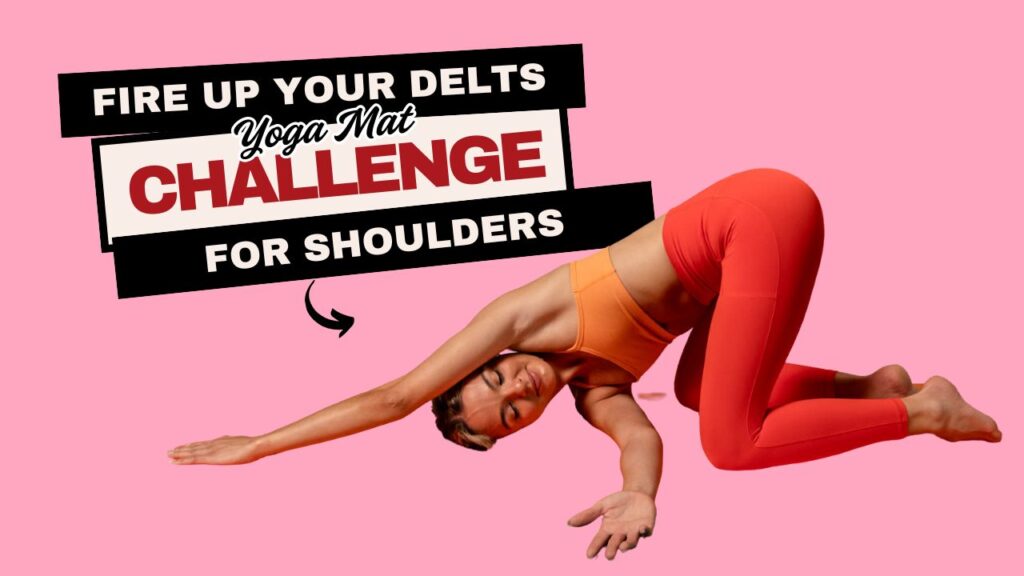
Table of Contents
Why Yoga Mat Shoulder Workouts Work
Yoga-inspired shoulder exercises are unique because they train strength, stability, and mobility simultaneously.
Unlike traditional weightlifting, these movements often involve isometric holds, dynamic stretches, and closed-chain exercises (where hands stay planted), which protect the shoulder joint while encouraging deep muscle engagement.
Did you know?
The shoulder joint is the most mobile joint in the human body, capable of moving in almost every direction — but this mobility comes at the cost of stability. Without proper strengthening, it’s one of the most injury-prone joints.
What Can Happen After 30 Days of This Challenge
| Positive Changes | Why It Happens |
|---|---|
| Noticeable shoulder muscle definition | Consistent strength and stability training activates all three deltoid heads. |
| Improved posture | Strengthening rear delts and upper back muscles helps keep shoulders pulled back. |
| Increased shoulder mobility | Yoga-based movements stretch and strengthen through a full range of motion. |
| Better overhead strength | Pressing and stability drills build functional pushing power. |
| Reduced risk of shoulder injury | Stronger rotator cuff and stabilizers improve joint support. |
| Enhanced core stability | Plank-based exercises challenge the core with anti-rotation control. |
| Greater mind-muscle connection | Repeating controlled movements improves muscle activation awareness. |
Do’s & Don’ts for the 3-Day Yoga Mat Shoulder Challenge
| Do’s | Don’ts |
|---|---|
| Warm up your shoulders before every session to prevent strain. | Skip warm-ups — cold muscles are more prone to injury. |
| Maintain proper form throughout each exercise. | Rush through reps just to finish quickly. |
| Engage your core to protect your lower back during plank-based moves. | Let your hips sag or your lower back arch excessively. |
| Breathe steadily and avoid holding your breath. | Hold your breath during challenging moves. |
| Progress slowly by adding reps, sets, or slower tempo over time. | Jump to advanced variations before mastering the basics. |
| Stretch and cool down after each workout for better recovery. | Ignore flexibility work and mobility exercises. |
| Listen to your body — rest if you feel sharp pain. | Push through pain, which can lead to injury. |
The Exercises That Need To Do
Below are the core exercises of the challenge. Each includes a brief description of its benefits and a step-by-step “How To” guide for proper form.
1. Plank to Dolphin Press
Description:
This exercise targets your anterior delts while also engaging your core and upper back. The transition from plank to dolphin helps improve shoulder mobility and strengthens stabilizing muscles.
How To:
- Start in a forearm plank position with elbows directly under shoulders and forearms parallel.
- Engage your core and press your hips upward, moving into a dolphin pose (hips high, forming an inverted “V”).
- Lower back down slowly to the plank position without letting your hips sag.
- Repeat for the desired reps.
Tip: Focus on pressing your shoulders away from your ears to avoid neck strain.
2. Reverse Tabletop Arm Press
Description:
A mobility-builder and strengthener for the posterior delts and traps. The open chest position also improves posture.
How To:
- Sit on your mat with knees bent, feet flat, and hands behind you, fingers pointing toward your feet.
- Press through your palms and lift your hips into a tabletop position, opening your chest.
- Slightly bend and straighten your elbows while keeping your hips lifted, feeling the shoulder engagement.
- Lower hips back down to complete one rep.
Tip: Keep your movements slow and controlled to maximize muscle activation.
3. Shoulder Taps in High Plank
Description:
This dynamic stability exercise works your anterior and lateral delts while forcing your core to stabilize against rotation.
How To:
- Begin in a high plank position with hands directly under shoulders.
- Without twisting your hips, lift your right hand and tap your left shoulder.
- Return it to the floor and repeat with the left hand tapping the right shoulder.
- Continue alternating sides.
Tip: Widen your feet slightly to increase stability if needed.
4. Half Downward Dog Push-Ups
Description:
A yoga-based push-up variation that targets the shoulders through a pressing motion similar to an overhead press.
How To:
- From a plank, shift your hips back and up into a half downward dog (knees slightly bent, heels lifted).
- Bend your elbows outward, lowering the crown of your head toward the mat.
- Push back up into the starting position.
- Repeat for the set reps.
Tip: Keep your core engaged and elbows slightly tucked to protect your joints.
5. Prone Y-T-W Lifts
Description:
This movement strengthens the smaller stabilizer muscles of the shoulders and upper back — key for posture and injury prevention.
How To:
- Lie face down on the mat with arms extended overhead in a “Y” shape.
- Lift arms and chest slightly, then lower.
- Move arms into a “T” position, lift, then lower.
- Move arms into a “W” position (elbows bent), lift, then lower.
- That’s one full cycle.
Tip: Focus on squeezing shoulder blades together at the top of each lift.
6. Side-Lying External Rotations
Description:
This targets the rotator cuff — essential for shoulder health and injury prevention.
How To:
- Lie on your side with your elbow bent at 90 degrees, holding a light weight or just using body weight resistance.
- Keeping your elbow pinned to your side, rotate your forearm upward.
- Lower slowly back down.
- Complete all reps on one side before switching.
Tip: This move is small but powerful — avoid rushing.
7. Bear Crawl Shoulder Press
Description:
A full-body stability move that hits the shoulders in a unique, bodyweight-only pressing pattern.
How To:
- Start on all fours with knees hovering just above the mat.
- Lift one hand and press it forward, extending your arm like a shoulder press.
- Return to starting position and alternate arms.
- Keep your hips low and core tight.
Tip: Imagine “pushing the floor away” to get maximum shoulder activation.
Common Shoulder Training Myths — Busted
- “You need heavy weights for shoulder gains.”
Bodyweight and resistance band training can stimulate muscle growth effectively, especially when combined with proper volume and time under tension. - “Shoulder pain is normal when training.”
Discomfort is a signal something’s wrong — poor form, lack of mobility, or overtraining. Pain should never be ignored. - “Only front delts matter for aesthetics.”
Neglecting rear delts leads to imbalances, rounded shoulders, and higher injury risk.
The 3-Day Yoga Mat Shoulder Challenge Routine
Here’s how to put these exercises together into an effective weekly schedule.
Format: Perform the workout 3 days a week (e.g., Monday, Wednesday, Friday). Warm up for 5 minutes before starting.
| Exercise | Sets | Reps/Time |
|---|---|---|
| Plank to Dolphin Press | 3 | 10–12 reps |
| Reverse Tabletop Arm Press | 3 | 10–12 reps |
| Shoulder Taps in High Plank | 3 | 20 taps (10 each side) |
| Half Downward Dog Push-Ups | 3 | 8–10 reps |
| Prone Y-T-W Lifts | 2 | 1 cycle = Y+T+W (8–10 each) |
| Side-Lying External Rotations | 2 | 12–15 each arm |
| Bear Crawl Shoulder Press | 2 | 8–10 each arm |
How to Progress Over the 3 Weeks
- Week 1: Focus on perfecting form, even if reps are on the lower end.
- Week 2: Add an extra set to your most challenging exercises.
- Week 3: Slow down the tempo for more time under tension.
Recovery & Stretching for Healthy Shoulders
Strong muscles are only part of the equation — mobility and recovery are equally important. Incorporate stretches like Thread the Needle, Eagle Arms, and Cross-Body Shoulder Stretch after each session to release tension.
Pro Tip:
Ice or gentle self-massage on sore spots can speed recovery and keep you on track for the full challenge.
Final Thoughts
Your shoulders are more than just a “mirror muscle” — they’re the gateway to stronger lifts, better posture, and more graceful movement in everyday life.
This 3-Day Yoga Mat Shoulder Challenge blends the best of yoga mobility work and targeted strength training to fire up your delts without the need for heavy gym equipment.
Commit to this program for the next few weeks, and you’ll not only see noticeable definition but also feel stronger, more stable, and more confident in every movement.
Frequently Asked Questions (FAQs)
Can I do this shoulder challenge every day?
No, it’s best to allow at least one rest day between sessions to let your muscles recover and grow stronger. Three sessions per week is ideal.
Do I need any equipment for this challenge?
No. All exercises are bodyweight-based and require only a yoga mat. If you want to increase intensity, you can add light resistance bands or small dumbbells for some moves.
Will this challenge help me build visible shoulder muscle?
Yes, over time you can build noticeable definition, especially if paired with proper nutrition and progressive overload. However, results vary depending on body composition and consistency.
I have shoulder pain. Can I still do this routine?
If you have existing pain or injury, consult a physiotherapist or doctor before starting. You may need to modify or avoid certain movements.
How long will it take to see results?
Most people notice improved mobility and strength within 2–3 weeks, but visible muscle changes can take 4–8 weeks of consistent training.
Can beginners follow this program?
Yes. Beginners can start with fewer reps or sets and gradually increase volume as they build strength and stability.
What’s the best warm-up for shoulder workouts?
Dynamic movements like arm circles, scapular push-ups, and wall slides are excellent for priming the shoulders before training.
